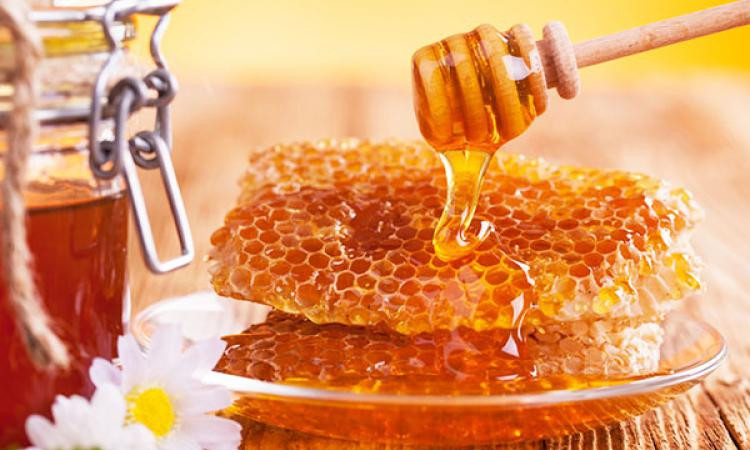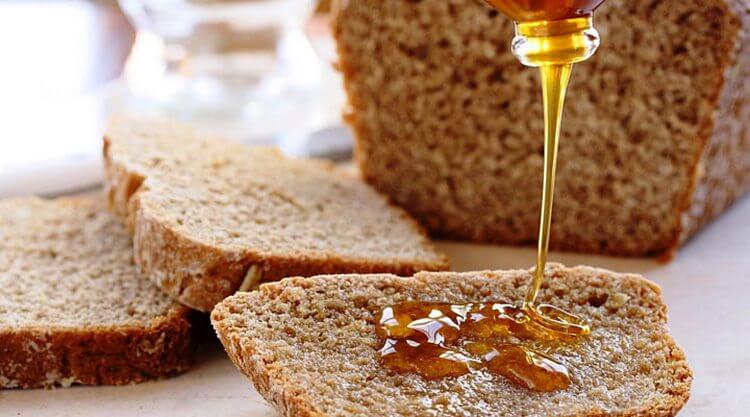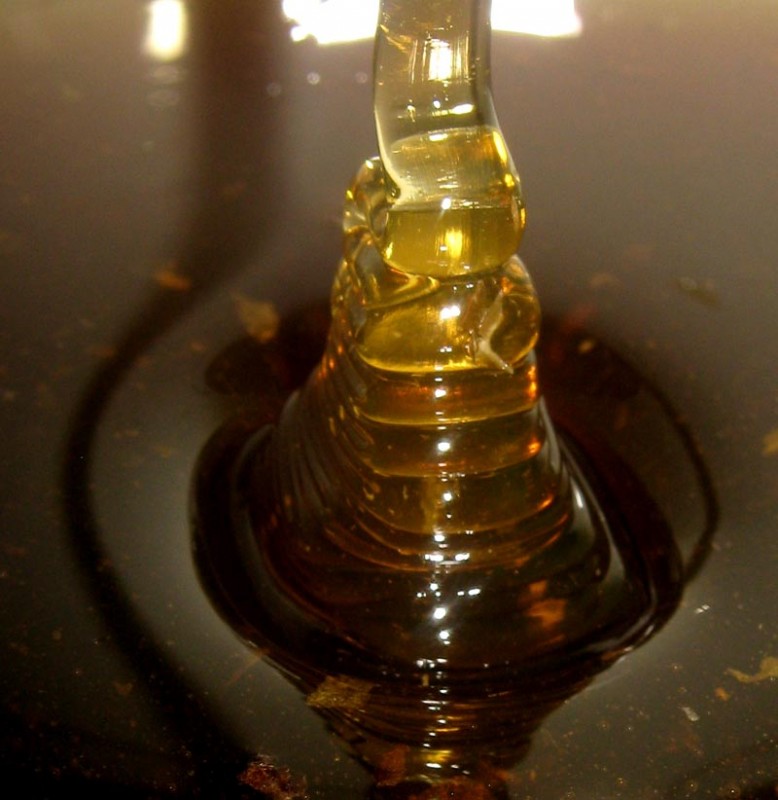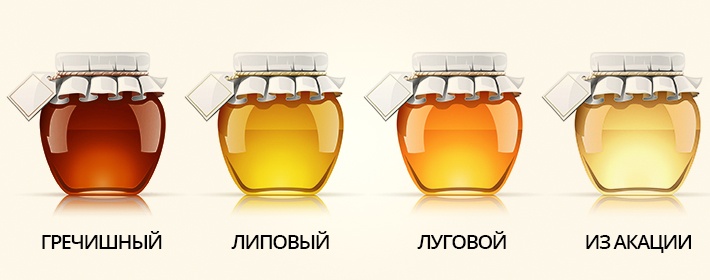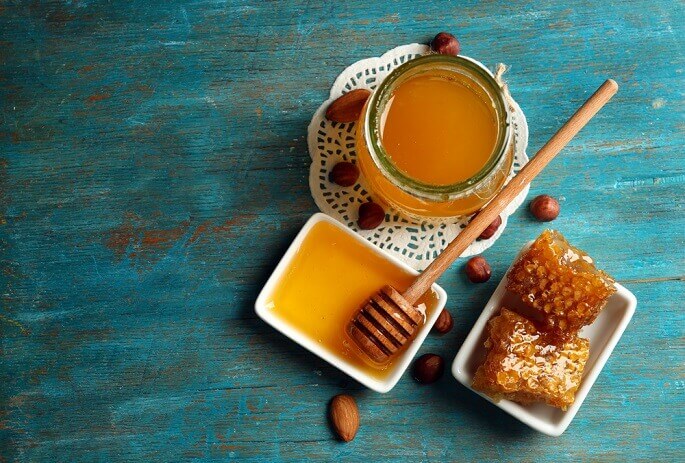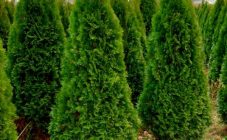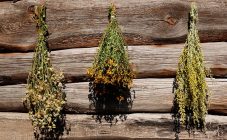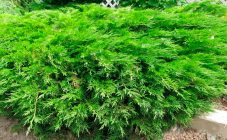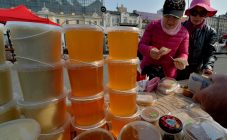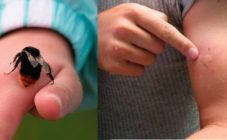Content:
Since ancient times, natural honey has been valued for its medicinal properties. It was used for prophylactic purposes against many diseases, honey is a rather tasty delicacy. Perhaps this is one of the few products that has so many beneficial trace elements and vitamins, and which is also loved by adults and children.
Recently, honey needs to be checked when buying, since a lot of counterfeits have appeared. More precisely, what is sold in the markets is not entirely fake. Some time ago, this product was natural honey, but in order to get more benefits, unscrupulous sellers could heat or dilute it. Lovers of honey should know the basic ways to determine the naturalness of honey at home.
Checking honey at home
Checking honey for naturalness at home has many options. The very first indicator of naturalness is smell. It can be a strong floral scent of linden honey or a subtle scent of sunflower seeds, but the aroma will always be present. How to understand and feel a faint smell For this, the honey can be slightly warmed up.
How to check honey for naturalness at home in other ways? When honey is heated to a certain temperature, most often at 35 ° C, the product breaks down into several layers. When heated, the moment is excluded at which the layers do not stand out. If the honey remains of a homogeneous structure, this is a fake.
Another factor in the naturalness of honey is its consistency. Most varieties begin to sugar rather quickly, acquiring a harder structure during the process. How to recognize the correct consistency of nectar? When choosing honey in market conditions, one should be wary: if honey is liquid, transparent and pure. This method does not apply to may honey and acacia honey, since the process of candying these varieties is quite long. If there is liquid sunflower or buckwheat chalk on the counter, and it happens at the beginning of summer, you should know that this honey is last year's, warmed up, and accordingly, has lost all its vitamin properties.
It is recommended to pay attention to the container in which the sweet treat is offered. A plastic bucket or galvanized container is not the best option for storing honey. In them, the product reacts with the container material, this provokes the appearance of bacteria that will not work very well on the body. And it is impossible to find out what kind of honey it is without opening the container.
Another way to identify real honey is to pour a spoonful of honey on a piece of newspaper. When a spot appears on the back of the leaf, you should know that this is a sign of diluted bee nectar. Natural will lie on the newspaper in a pyramid, and there will be no stains after it.
Also, when checking, a piece of ordinary bread will come to the rescue. It is dipped in a container with honey for a few minutes. If it is a fake, the bread loses its original shape and becomes soaked. An indicator of high quality is the hardening of the bakery product.
In order to make sure that no starch or flour was added to the honey, you need to drop iodine into a small amount of the bee product.The presence of starch will give a blue color, which will appear as a result of the iodine chemical reaction.
The vinegar will help bring out the chalk added to the nectar. If chalk is used as an additive to honey, after a few drops of vinegar, carbon dioxide will be released, which will fizzle and bubble.
If natural honey is slightly warmed up in a water bath, a small precipitate in the form of glucose will stand out, if it is still stirred, the crystallization process will start.
If you purchased honey with a solid consistency, it is more difficult to check its quality. To do this, take a small piece of honey and rub it between your thumb and forefinger. The natural product is absorbed into the skin without residue, while the falsified one rolls into a kind of sausage.
Another way to test honey is by open fire. When a small piece is set on fire, high-quality honey will burn silently, and fake honey will smoke and give off an unpleasant odor.
Determination of the naturalness of honey
There are many ways to help determine the naturalness and quality of honey. At home, you can conduct an experiment that you need to have: a kitchen scale, a container with a capacity of 1 liter.
First, determine the weight of the container. After the container has been weighed, honey is poured into it. The filled container is placed on the balance. From the resulting figure on the scales, the figure obtained as a result of weighing the container is subtracted. Further, the resulting weight of nectar is divided by 1000 (this is the weight of water in a container with a capacity of 1 liter). Each country has standards for the density of quality honey. In the Russian Federation, its range is 1.4 to 1.6 kg per liter. If you get a result that is below the lower limit, you can determine the immaturity of the honey. That is, the product is not of high quality. Exceeding the upper limit can indicate that one of the indicators is incorrect or an error in calculations or weighing.
How to tell good from bad nectar
Good honey, when consumed for the first time, should be slightly bitter. It tastes a little tart, the throat begins to tickle after the first spoonful. If you find a caramel taste or too obvious bitterness, you should know that this honey has been heat treated several times, or something has been added to it.
Odorlessness is also considered to be an indicator of bad honey. If a greasy color is added to this, this is a sign of diluting the honey with sugar or sugar syrup. The benefits of such sweetness are minimal, even more harmful, especially for people with diabetes. For them, this honeyed experience can be deadly.
The honey should be homogeneous. Any sign of a flaky product denies its authenticity.
Also, any variety has its own color and consistency. An overly darkened honey can indicate that it has been heated, possibly more than once. With a clear white color, it can be concluded that sugar syrup was added to the bee nectar.
Aroma, color and consistency of natural honey
The very first sign of natural honey will be a pronounced floral aroma. In this way, you can check any product anywhere. The only exception is the product from factories and factories with a sealed lid or in tetra-packs.
Natural honey cannot be odorless. The aroma is evaluated in two stages: before the first use and during the test. The fact is that, thanks to the cleavage enzymes that are present in saliva, reacting with it, honey opens up even more intense notes of aroma. If the smell is weak, the honey can be slightly heated, but not higher than 40 ° C, since the product will lose all its useful properties.When a sour smell appears, the quality of the honey should be checked by other methods, since acid is released during fermentation, which means that the bee nectar has not matured, or the fermentation process has begun. Such honey must be discarded. It is undesirable to eat it.
Another important indicator of naturalness is color. Shades can range from light gold, even translucent, to dark brown. Such changes are due to many factors:
- Honey collection time;
- Flower honey plants;
- Storage conditions;
- Place of collection of nectar;
- Weather conditions during collection, etc.
The following varieties have light shades: linden, yellow-clover, May, acacia, sage, meadow, steppe, rich amber-yellow: mustard, sunflower, cucumber, tavern. Such varieties differ in dark shades: buckwheat, chestnut, tobacco, cherry, citrus, etc.
Honey can change color when stored for a long time or warmed. When sugared, it brightens, and glucose crystals appear, which are large and small.
The consistency of natural honey is different. When pumping out, all honey looks like a liquid, viscous product, which, when filling any container, will fall into the pyramid. Over time, honey begins to sugar, that is, acquire a more solid consistency. In some varieties, this process begins, literally, half a month after pumping, other varieties can be in a liquid state for about a year. Anyway, after a certain time, honey crystallizes. The process takes place due to the ratio of water and glucose contained in the product. The higher the glucose content, the faster crystallization will begin. Honey begins to sugar from the bottom of the container, gradually capturing the entire mass. The temperature regime of storage can slow down the crystallization process. If it is cool in the room in which the honey is located, the candying of the honey will start later. In order to speed up the crystallization process, the honey can be warmed up a little, stirring it constantly with a wooden spoon.
Checking honey with a chemical pencil
A very common technique for checking the quality of a honey is a chemical pencil check. In the recent past, this pencil was called a copying pencil. Some chemical elements were added to his lead, which made it possible to copy handwritten text on a white sheet using a special press.
Today, the production of chemical pencils has declined significantly as alternatives in the form of pens and carbon paper have emerged. Experienced beekeepers have learned to use this pencil for their own purposes. With its help, you can check the quality and naturalness of molasses. How to identify natural honey with a chemical pencil? To carry out the experiment, a chemical pencil is lowered with a lead down into a container with honey. If there is a trace in the product, then it is fake.
Some experts claim that with the help of a chemical pencil, it is possible to determine the excess of the water content in honey. But there are already refutations to this statement. Many experimenters say that the colored traces from the tracer pencil remain in natural products, especially those that have already gone through the crystal formation process.
So what experiences can you believe? I would like to note that the chemical pencil leaves a mark on the surface, which is characterized by roughness, unevenness. Several varieties of honey have been used to determine the effect of a carbon pencil on the honey. Several counterfeits were also taken. During the experiment, it became clear that the lead of the copying pencil came into a positive reaction with all varieties. That is, he showed that natural honey is also a fake.
All the methods described above help to determine the choice of honey sweetness. But even such a useful product may have disadvantages. The biggest and perhaps the only one is the frequent allergic reaction. It is not the honey itself that provokes it, but the pollen of the flowers from which it collected. That is, bee nectar itself is harmless to the body, the reaction occurs to the color with which the bees were in contact. Therefore, when using it, you should be extremely careful and remember that allergies may not appear immediately.
